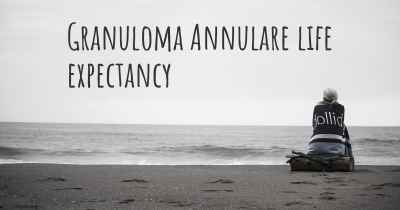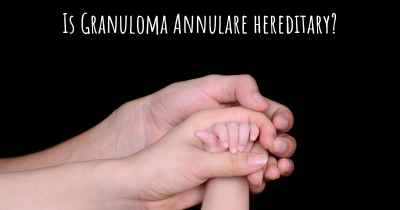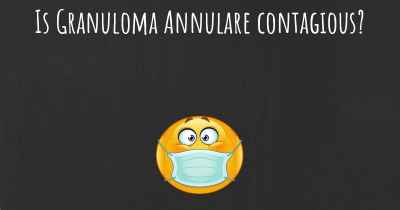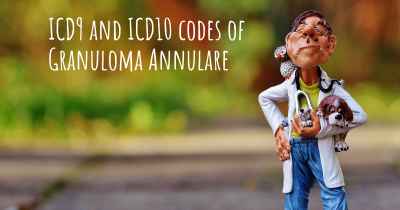Which are the symptoms of Granuloma Annulare?
See the worst symptoms of affected by Granuloma Annulare here
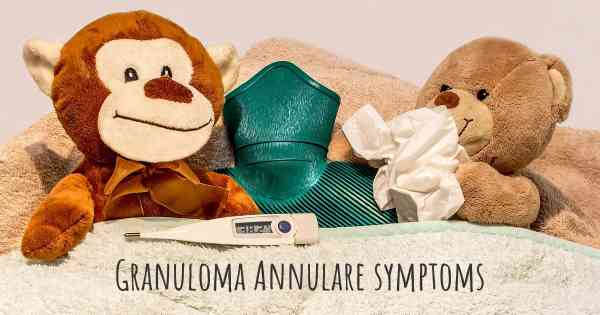
Symptoms of Granuloma Annulare
Granuloma annulare is a relatively common skin condition that usually presents as raised, reddish or skin-colored bumps in a ring or circular pattern. The condition primarily affects the skin on the hands, feet, elbows, or knees, although it can occur on other parts of the body as well.
The main symptom of granuloma annulare is the appearance of small, firm bumps or lesions that form a ring or circular shape. These bumps are typically painless and may be slightly itchy. They can range in size from a few millimeters to several centimeters in diameter.
Granuloma annulare can manifest in different forms, including:
- Localized Granuloma Annulare: This is the most common form, characterized by one or several rings or bumps that usually appear on the hands, feet, wrists, or ankles. The lesions may gradually enlarge or spread over time.
- Generalized Granuloma Annulare: In this form, multiple rings or bumps develop on different parts of the body, such as the trunk, arms, or legs. This type is less common but tends to persist for a longer duration.
- Subcutaneous Granuloma Annulare: This variant affects the deeper layers of the skin, resulting in firm, painless nodules or lumps. It commonly occurs on the shins or scalp.
- Perforating Granuloma Annulare: This rare form is characterized by the development of small, raised bumps that have a central depression or pit. It often affects the hands or feet.
In most cases, granuloma annulare is asymptomatic and resolves on its own without treatment. However, some individuals may experience mild itching or tenderness in the affected areas. The condition is typically chronic, with periods of flare-ups and remission.
Granuloma annulare can affect individuals of all ages, but it is more commonly seen in children and young adults. The exact cause of this condition is unknown, although it is believed to be related to an abnormal immune response or certain underlying medical conditions.
If you notice any unusual skin lesions or bumps, it is important to consult a dermatologist for an accurate diagnosis. While granuloma annulare is generally harmless, a healthcare professional can rule out other skin conditions and provide appropriate treatment options if necessary.
